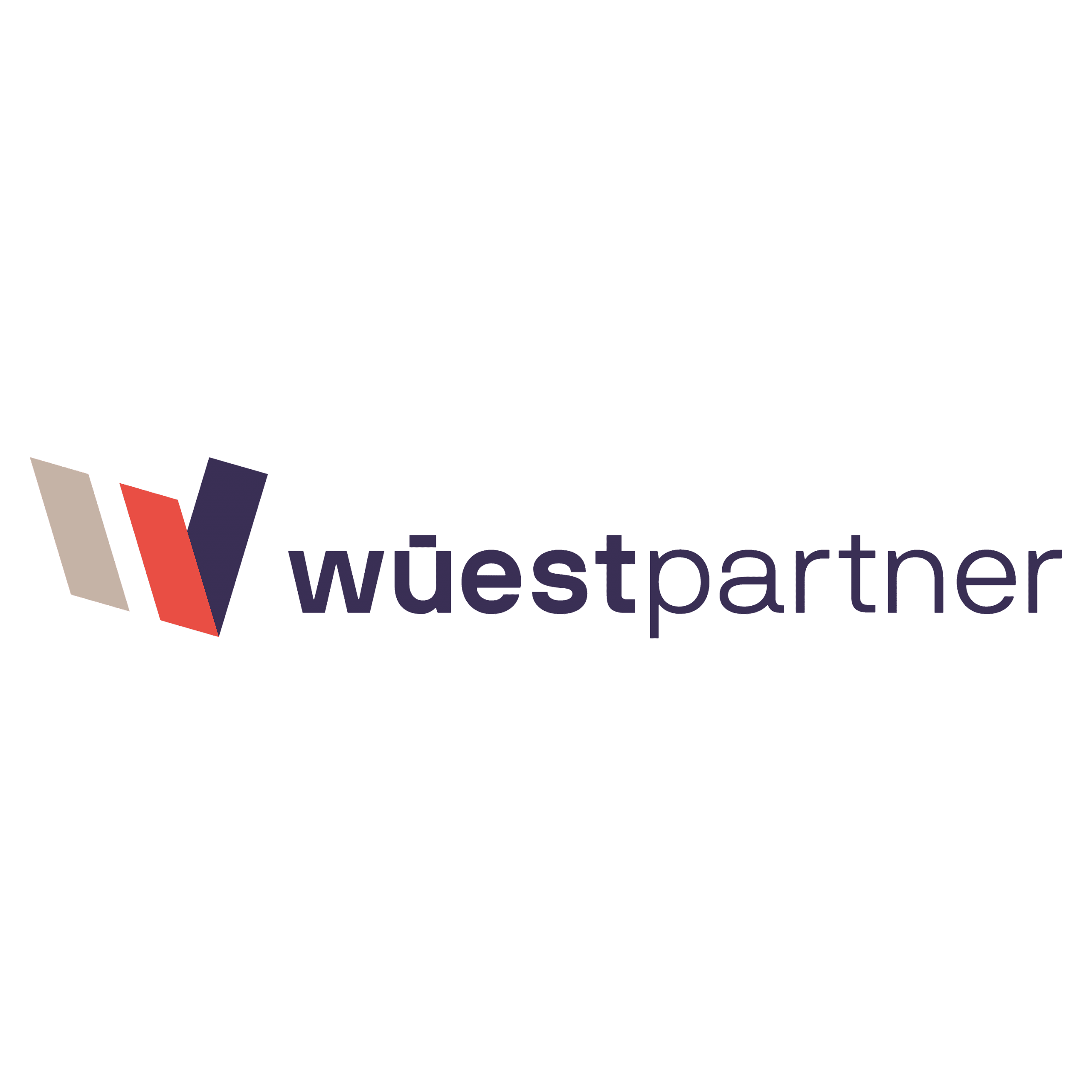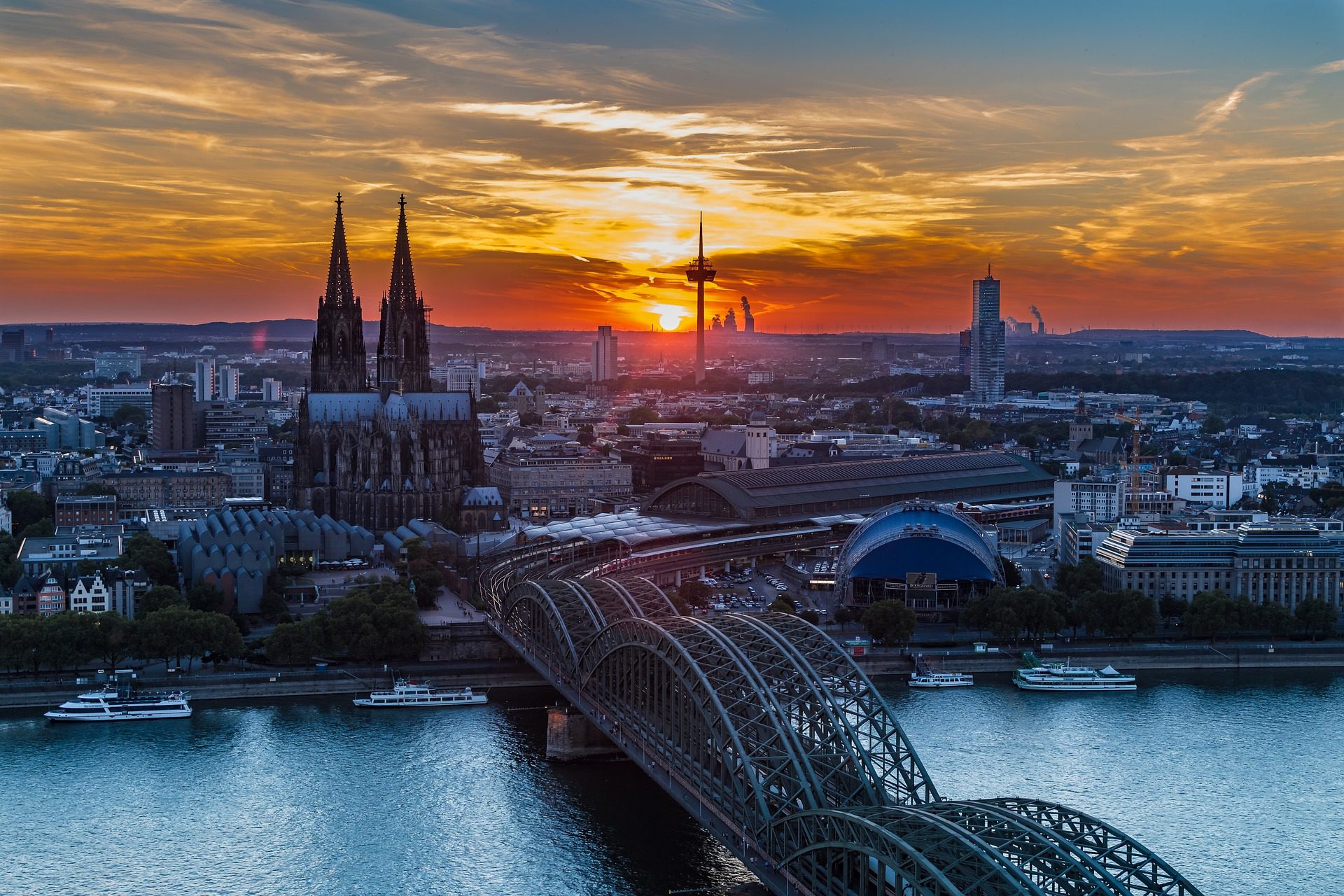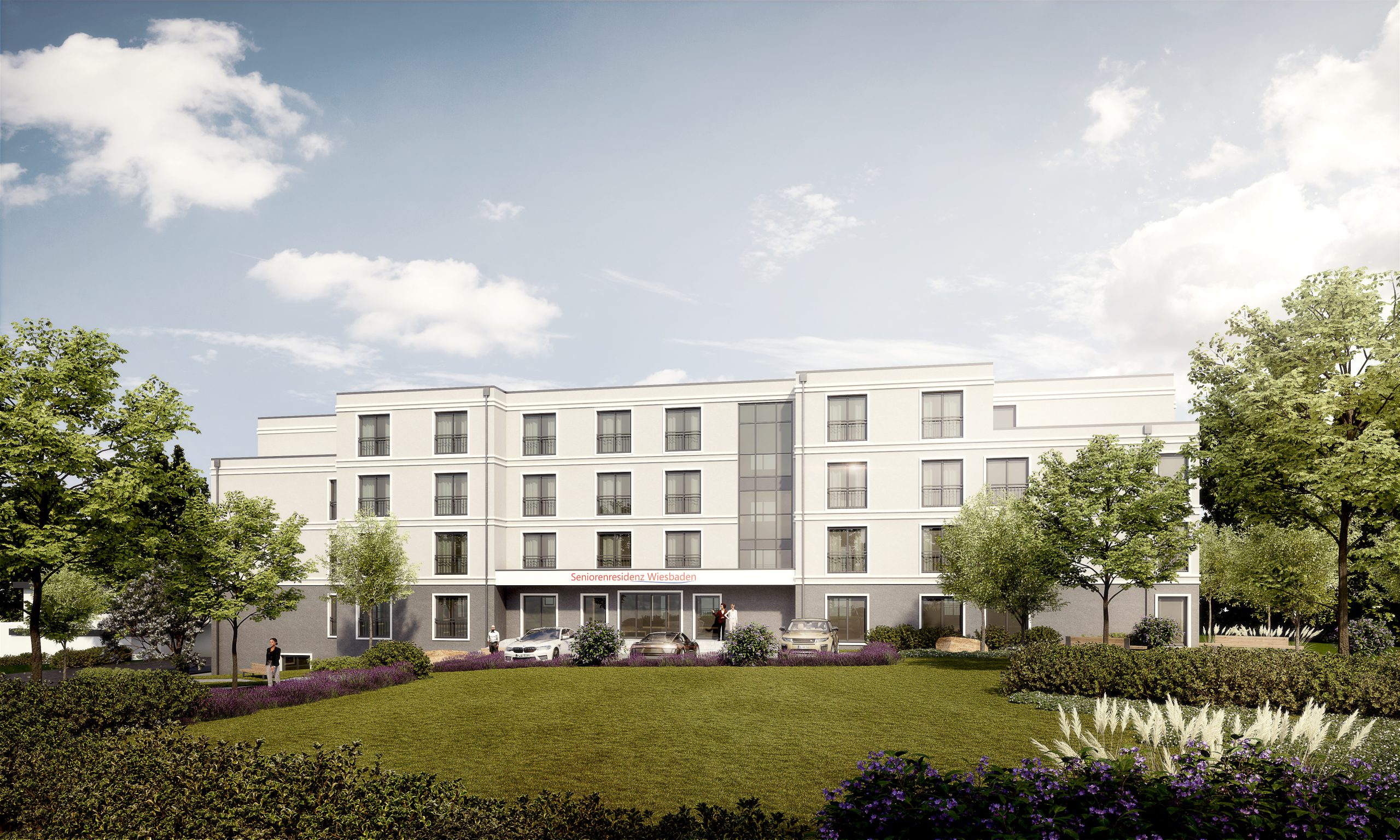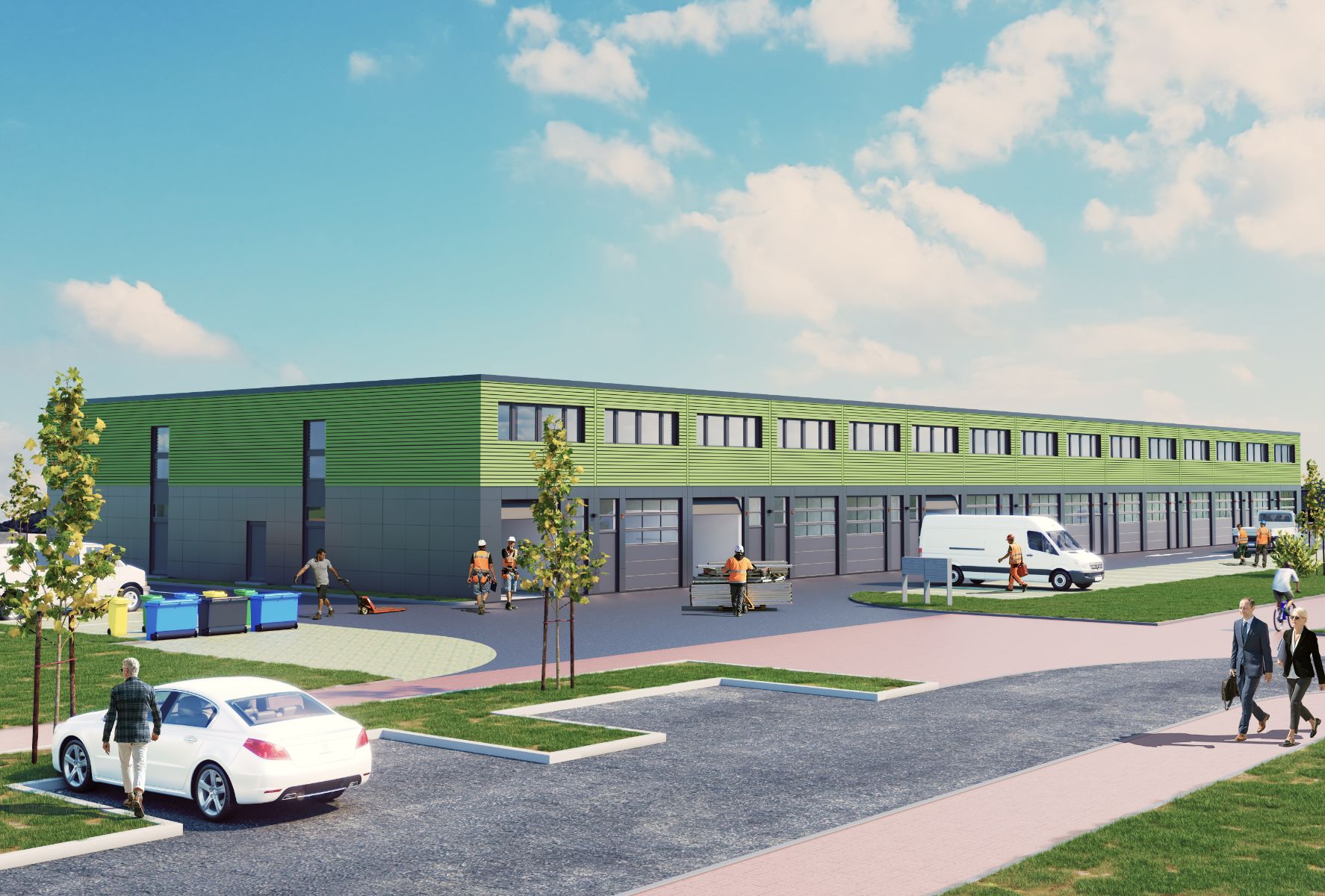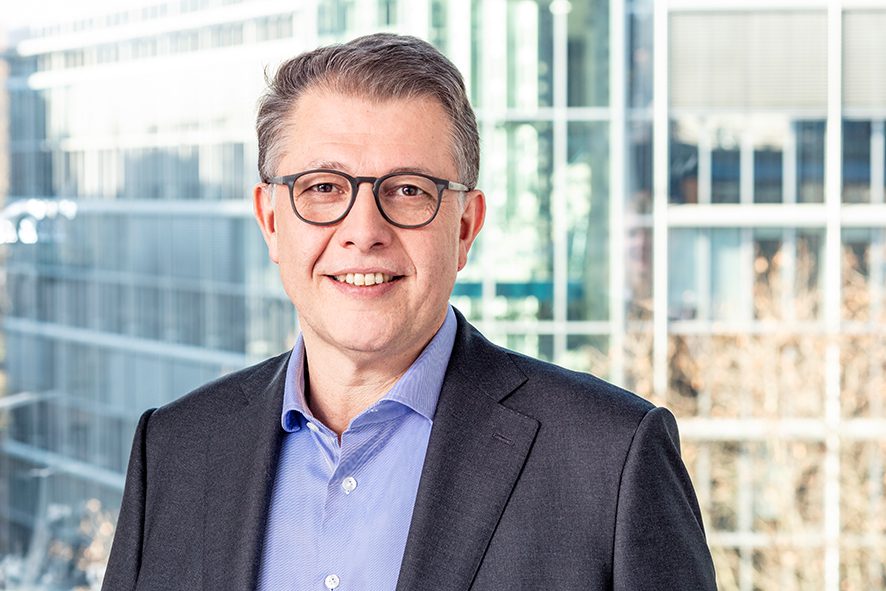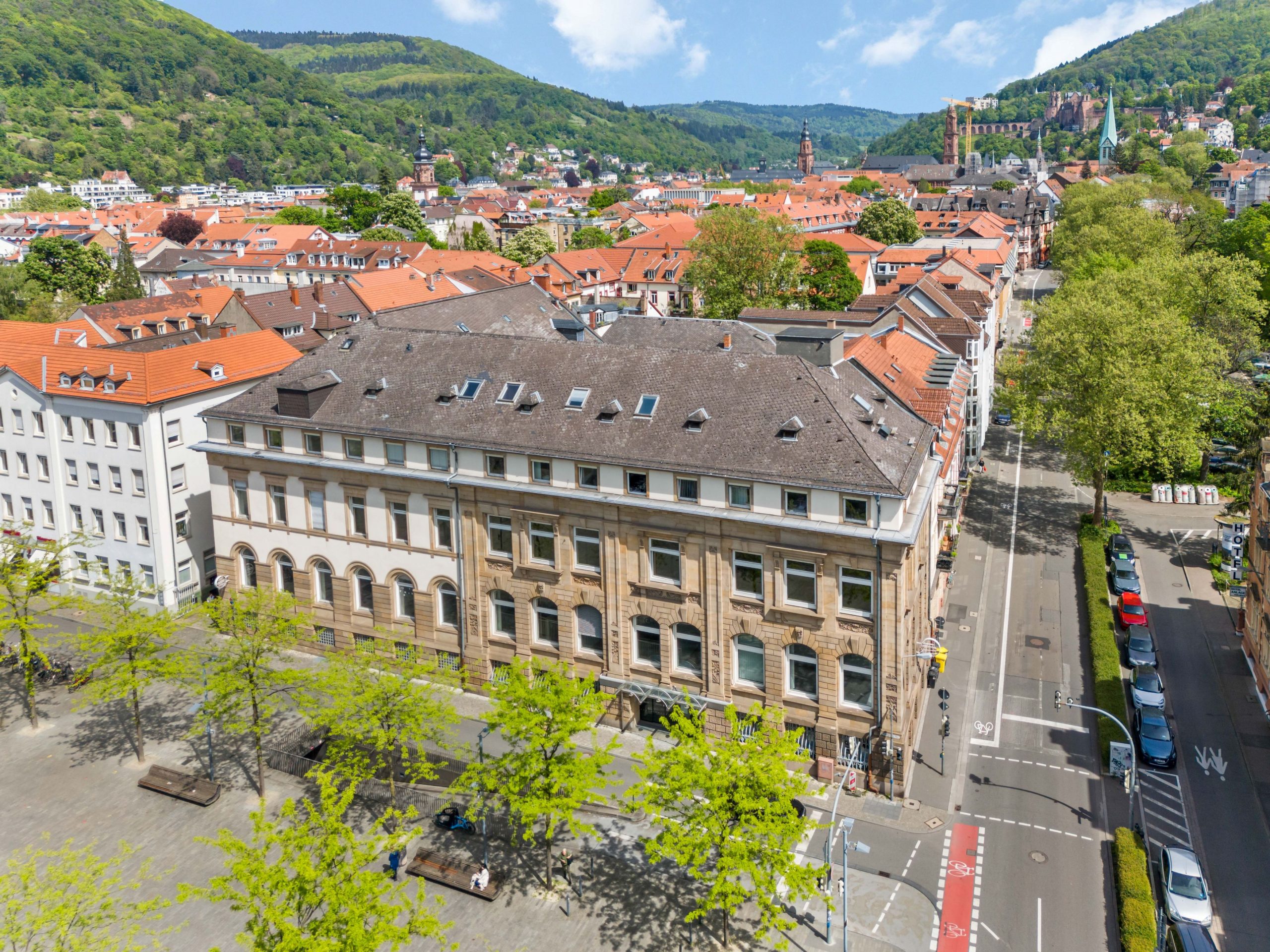With the new analysis of the Cologne area, Wüest Partner concludes its series on the surrounding regions of the seven largest German cities. The results show that more and more people are moving to the surrounding communities, rents are rising sharply, and the market for residential property is showing significant regional differences.
“The Cologne area is undergoing a profound transformation process,” says Stefan Möller, Expert Data Scientist at Wüest Partner. “The region has long since taken on more than a relief function for the big city. It is developing into an independent, attractive living space with high dynamics and a growing need for control.”
Between the third quarter of 2022 and the third quarter of 2025, asking rents in 23 surrounding municipalities increased by an average of 18 percent – an increase that significantly exceeds Cologne’s rent growth of 11.6 percent. Rents rose most sharply in Brühl (28.8 percent), Overath (24.2 percent) and Erftstadt (23.2 percent). The highest rents are currently in Hürth (13.28 EUR/sqm), Pulheim (13.24 EUR/sqm) and Brühl (12.79 EUR/sqm), but remain below the Cologne median of 14.46 EUR/sqm. Cities such as Monheim am Rhein (9.8 percent), Rommerskirchen (11.2 percent) and Rösrath (13.1 percent) are showing moderately rising rents because they have actively created new housing that cushions the pressure on the rental market.
Purchase prices for residential property under pressure – with differentiated regional dynamics
While rents are rising sharply, purchase prices for condominiums in the surrounding area remain under pressure. Between the third quarter of 2022 and the third quarter of 2025, asking prices fell by an average of 6.2 percent, while Cologne recorded an increase of 6.7 percent. Prices fell particularly sharply in Pulheim (–24.7 percent) and Odenthal (–19.6 percent), while Bergheim (+10.9 percent), Rommerskirchen (+9.4 percent) and Siegburg (+3.8 percent) increased. Buyers in the surrounding area achieve the highest prices in Hürth (4,175 EUR/sqm) and Siegburg (3,999 EUR/sqm), while the cheapest places to live are in Bergheim (2,578 EUR/sqm) and Kerpen (2,589 EUR/sqm). The median price for Cologne is 5,113 EUR/sqm.
There are also significant differences in the market for single-family homes: Leverkusen (–0.4 percent), Bergheim (+0.2 percent) and Rommerskirchen (+2.2 percent) recorded stable or slightly rising prices, while Wesseling (–15.8 percent), Burscheid (–13.6 percent) and Odenthal (–12.6 percent) suffered significant declines. The current price level ranges from 3,161 EUR/sqm in Overath to 4,083 EUR/sqm in Bergisch Gladbach, Cologne is significantly higher at 4,958 EUR/sqm. Overall, the market for single-family homes in the Cologne area remains highly differentiated: Some municipalities are keeping prices stable, while others are experiencing significant declines. Location, infrastructure and local supply have a decisive influence on the market opportunities for buyers.
Population Development in the Cologne Area: Growth and Challenges
The demographic development and the housing stock illustrate how differently the municipalities are reacting to the growing pressure. Between 2019 and 2024, the population in Cologne grew by only 0.2 percent, while the 23 surrounding municipalities increased by an average of 1.8 percent. Monheim am Rhein (+6.5 percent), Rommerskirchen (+5.9 percent) and Odenthal (+5.4 percent) developed particularly dynamically, while Erftstadt (–2.5 percent), Overath (–1.6 percent) and Dormagen (–0.8 percent) recorded declines.
Monheim am Rhein has actively reacted to the strong population growth of 6.5 percent between 2019 and 2024 and expanded the housing stock by 5.2 percent between 2018 and 2023. These new construction activities helped to cushion the pressure on the rental market, so that rents rose rather moderately by 9.8 percent, while prices rose much more strongly in other cities with lower construction activity. Wesseling (7.8 percent) and Burscheid (5.8 percent) also achieved above-average growth in residential construction, while Bergheim (1.9 percent), Dormagen (2.0 percent) and Sankt Augustin and Leverkusen (2.2 percent each) showed only moderate growth.
Lohmar leads the ranking as an attractive pioneering municipality
Lohmar convinces in the current ranking of Cologne’s surrounding municipalities with a top position. The city impresses with its excellent infrastructure, high quality of life and a fast connection to Cologne, which attracts both families and commuters. Stable demand and continuous investment in mobility, educational institutions and municipal services further strengthen the attractiveness of the location. Lohmar’s leading position illustrates that the Cologne area is increasingly establishing itself as an independent, attractive living space with great potential. Monheim am Rhein and Bornheim also follow closely behind Lohmar, demonstrating their importance as dynamic growth centres in the region.
About the study
The analysis covers the period 2018 to 2025 and is based on a data-based evaluation of relative changes in 13 indicators. 23 cities and municipalities within a radius of up to 50 kilometres around Cologne were taken into account.
“With the analysis of the Cologne area, we conclude our series of studies on the surrounding regions of Germany’s seven largest cities,” explains Stefan Möller. “The results impressively show that the combination of growing demand, better infrastructure and moderate entry prices creates attractive framework conditions in the surrounding area. If you understand regional differences, you can use this dynamic specifically for sustainable projects. This is increasingly opening up new opportunities for investors and project developers.”
